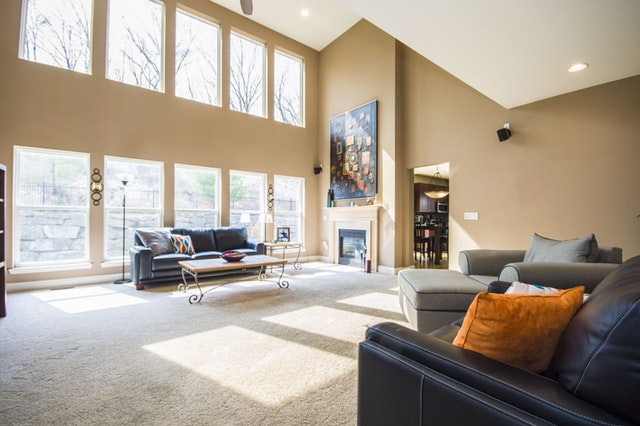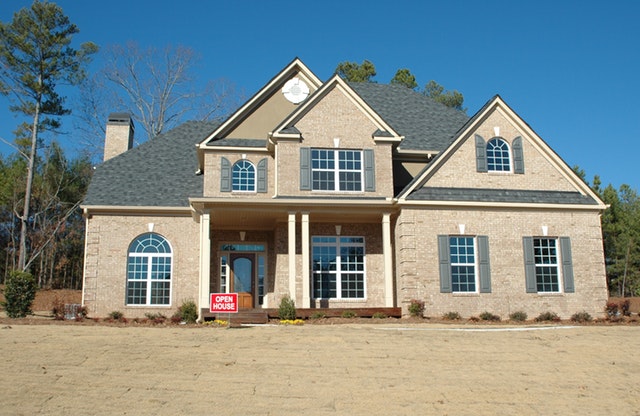3 Green and Gorgeous Trends in Home Design
 These days, people want energy-efficient homes that look great. To answer the call of passionate environmentalists, developer are rising to the occasion and designing home features that minimize waste, save energy and reuse reclaimed materials. The results are gorgeous, green homes that help move the sustainable living trend forward.
These days, people want energy-efficient homes that look great. To answer the call of passionate environmentalists, developer are rising to the occasion and designing home features that minimize waste, save energy and reuse reclaimed materials. The results are gorgeous, green homes that help move the sustainable living trend forward.
Hidden Solar Panels
Solar panels are a great way to save energy, but not everyone loves the optics. A series of solar panels on the roof may save you money on your utilities, but it can detract from the natural shape of your home. As an alternative, innovative in-roof solar panels are installed level with the roof line.
This is accomplished by designing a deeper roof so the solar panels are flush with your shingles or other roof material. Of course, this requires some forethought, but it’s not impossible to retrofit your existing home to take advantage of the clever development.
Reclaimed Materials
Deconstruction involves the “un-building” of a house. Specifically, when buyers or developers tear down a structure before building a new one, they attempt to reuse, salvage or donate as many materials as possible. Otherwise, all this material ends up in a landfill.
Reclaimed brick brings a rustic character to a new home. It also adds a historic appeal and interest to an interior or exterior space. Wood siding and beams reduce further deforestation and often give you beautiful hardwoods and rugged lumber that has stood the test of time. Reclaimed flooring often nets you thicker wood slabs that you can refinish for a powerful visual effect.
Bamboo is the ultimate sustainable building material. This fast-growing wood results in light-colored, unique wood floors. Although its’s softer than traditional hardwoods, it’s a great wood substitute that can regenerate in three years with minimal pesticides or fertilizers.
Large Windows That Conserve Energy
In the past 20 years ago, windows have gotten larger – and more energy-efficient than ever. High-performance glazing and innovative frames hold in heat in winter and cool air in summer.
Steel windows now open up and require fewer mullions to support larger glass panes, which reduces construction materials and air leakage. This means that green-minded homeowners can enjoy floor-to-ceiling views of the ocean or mountains without paying a huge utility bill or expending vast amounts of energy.
If you are in the market for a new home or interested in refinancing your current property, be sure contact your trusted home mortgage professional to learn about current financing options.

 If you’re looking to get a non-traditional deal on a new home purchase, you may encounter either a short sale or a foreclosure. These two terms refer to sales that are not usual. As a homebuyer, it’s important to understand the differences between them and how each one might affect your buying experience.
If you’re looking to get a non-traditional deal on a new home purchase, you may encounter either a short sale or a foreclosure. These two terms refer to sales that are not usual. As a homebuyer, it’s important to understand the differences between them and how each one might affect your buying experience. The Tax Cuts and Jobs Act of 2017 instituted some of the most dramatic changes to the financial landscape in the United States in over 30 years. These adjustments to the IRS code have an effect on everyone who earns and spends money in this country.
The Tax Cuts and Jobs Act of 2017 instituted some of the most dramatic changes to the financial landscape in the United States in over 30 years. These adjustments to the IRS code have an effect on everyone who earns and spends money in this country.